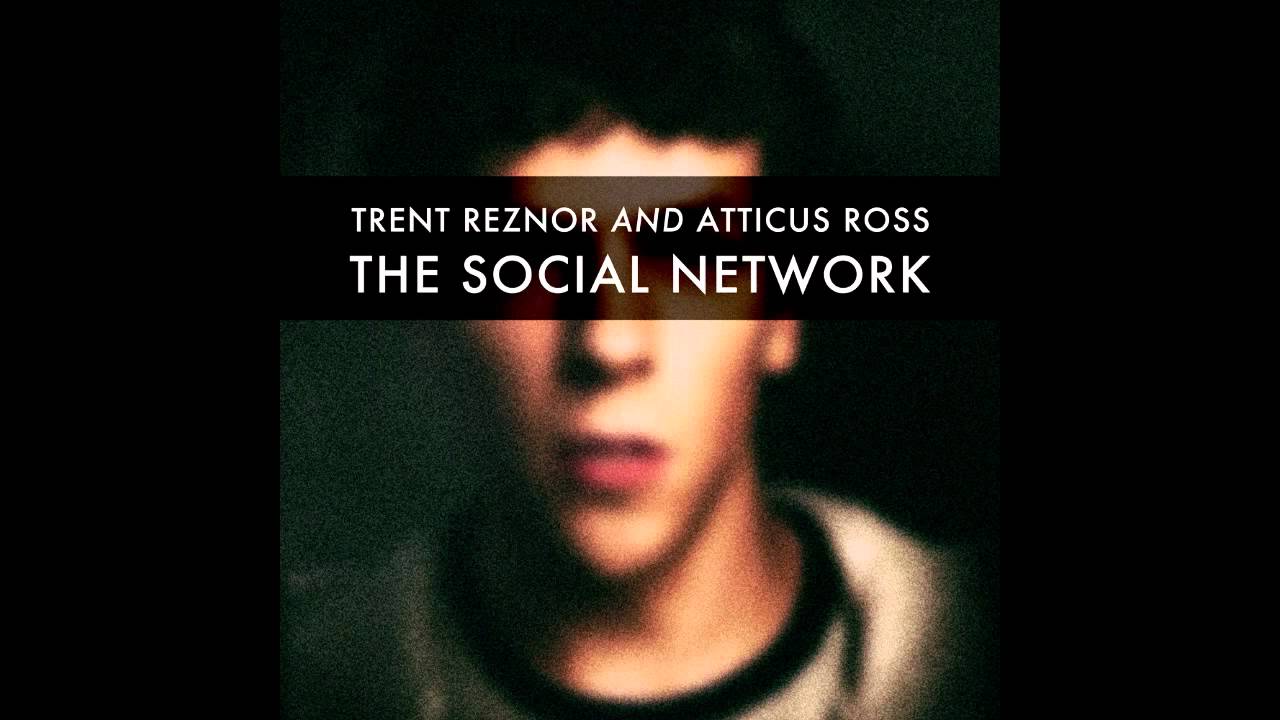As one of the most universally-praised films of the past decade, there’s a lot to love about The Social Network (2010). The individual performances from stars like Jesse Eisenberg and Andrew Garfield are aided by the gorgeous direction and storytelling of David Fincher. Even though it lacks some stimulation compared to a typical blockbuster film, the fairly-raw cinematography, and dialogue-driven story are encapsulating. One could go on for hours complimenting each individual piece of the film-related puzzle. But what makes this movie in particular stick out from its fellow, more “artsy” peers, is its utilization of the score as both a narrative tool, and scene-setter.
When looking toward films like Fincher’s The Social Network, and their subsequent soundtracks, there’s a discernible difference between it and its competition. Other life-based dramas, such as Moneyball (2011), and The Big Short (2015) both rock scores composed of several zero to two minute songs, combining to somewhere between thirty and forty-five minutes in total. Each track is separate from each other, and instead, tailored to create a certain emotion for each short stint they’re there. The score of The Social Network, on the other hand, flows as if it’s its own art piece. With an average track length of roughly four minutes, and an overall run time of over one hour, it accompanies about sixty percent of the film altogether. And that doesn’t count the instances of repeated songs. This focused approach takes it from an obligatory accessory, and transforms it into an integral component, key to many sections of the movie.
The influence of the soundtrack can be heard right away, following the introductory scene. The first track, “Hand Covers Bruise,” consists of simple descending piano notes, and a white noise that inches its way into your brain. As an entrance into Mark’s mind, it shows all of his negative emotions following his breakup; the piano representing sadness; the white noise, anxiety; and the deep electronic hums, anger. Of course, these three emotions end up being the driving force behind his first project, and in a way, Facebook as well. The importance cannot be understated, as, in many ways it’s the centerpiece of the entire score, being brought back in its original form, and in a reprise much later.
The next piece presented is very similar to a standard scene-setting tool from any film illustrating a party. Its infectious beats and gorgeous synths would have anyone dancing; but once again, Trent Reznor and Atticus Ross went much further than they had to. Harkening back to “Hand Covers Bruise,” “In Motion” has a very subtle piano consistently in the background. Toward the center, the beats and synths are joined by a guitar, and the past white noise as well, until it all breaks away, leaving just the piano. The track manages to drive the party scene, while all the same, telling the audience Mark’s emotions once again. This is already, and continues to be, a pattern throughout the runtime of the film, where a nice environment is established for the audience, but so is crucial information.
Bringing back the raw minimalism is then, “3:14 Every Night.” It’s a relatively quiet piece, being run mostly by the white noise mentioned before, but it develops like an average song would. Along with the white noise is an instrumental mimic of raindrops on a window; starting slow, and increasing in both speed and volume until you reach the center of the track. Then, they fade away, leaving an almost-horror-like high-pitched strings section. This time, it takes a break from Mark, and instead, moves to the Winklevoss twins. The sudden shock of the news that Zuckerberg “stole (their) website” leaves them in horror, hence the strings and unsettling nature of the track as a whole.
By steering away from the nineteen individual pieces of music, and pinpointing how the score functions together, things get even better. The instrumentation does often represent individual feelings or emotions, but past that, the choice of an almost-all-electronic soundtrack brings forth a more unique, technological energy. Basing itself around computer-based noises provides another source of world-building. Though the film doesn’t take place in the far future, at that time, it seemed like it did, and the developments being made were incredibly modern and based in software. It can be thought of as the audible equivalent of the special effects in films like The Matrix (1999). The realism doesn’t allow for flashy visuals and fight scenes, but instead, the score does the work that those would. The futuristic production mirrors the forward thinking of Mark and his peers, blasting it ahead ten years, and almost bordering on a sci-fi feel at times. When listened to outside of the context of the movie, it’s effectively a competent and interesting IDM record.
Despite it being their introduction into the industry, Trent Reznor and Atticus Ross delivered one of the greatest scores in film history; even ten years later; with the soundtrack to The Social Network. It flows seamlessly, in the film, and out of it, creating an overarching environment felt within each and every moment. Every track plays at least a small role in the film’s development, acting as a pseudo-subtext to everything going on, even if dialogue isn’t present. Just as important, it manages to be relatively accessible, with several tracks masquerading as basic dance tunes that expose vital information behind the curtain. In that way, and in many other ways, it can even be seen as an independent creation in the IDM genre. But obviously, it’ll always be most effective accompanying the fantastic product it was made for.
Advertisement
Advertisement
